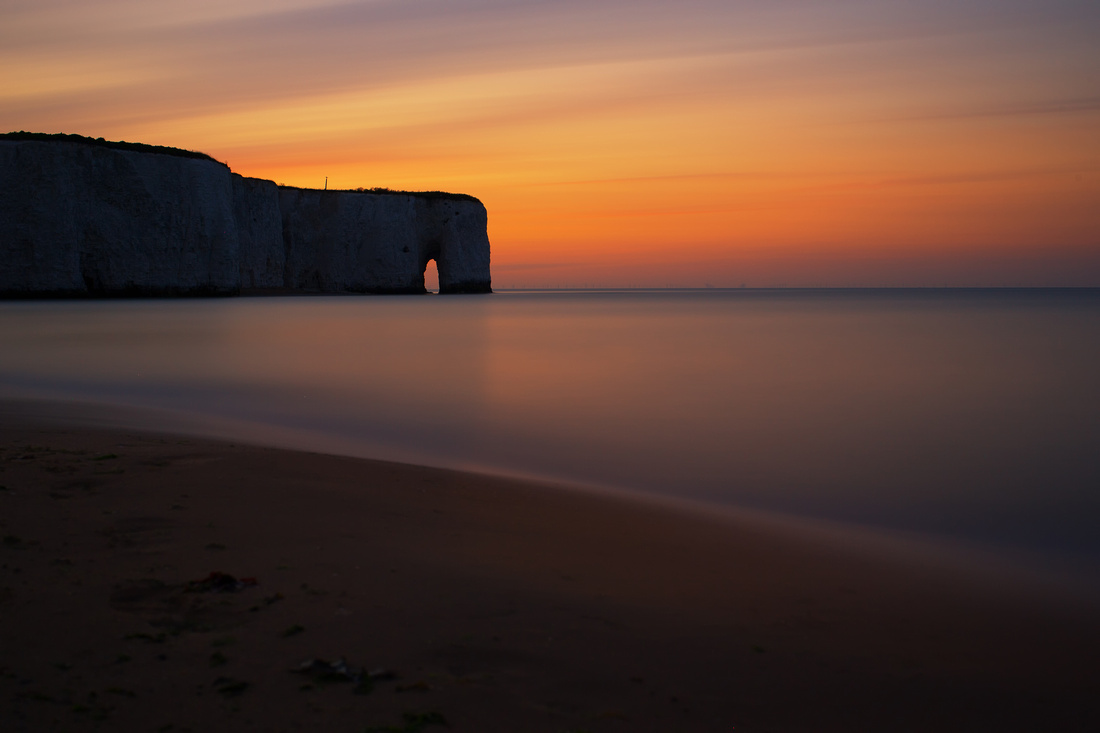How to create better photos using long exposure.
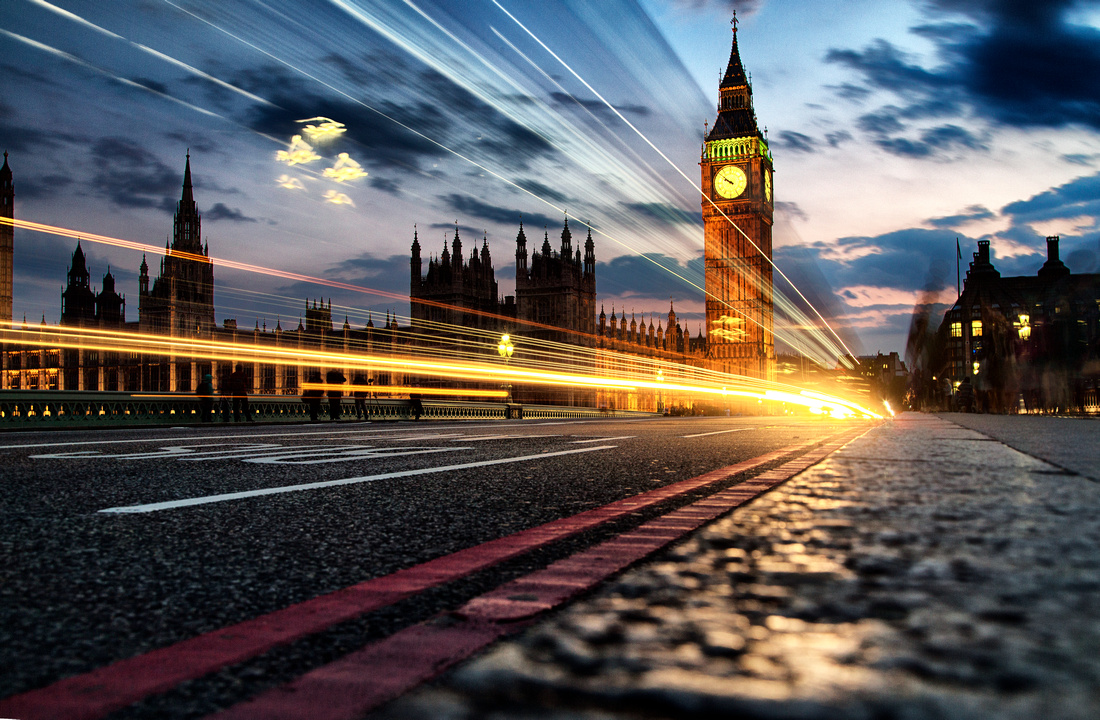
 What is long exposure photography.
What is long exposure photography.
Long exposure photography refers to photos that are taken with a slower shutter speed, typically longer than 1 second to create an image that would otherwise not be possible to capture using 'normal' shutter speeds, usually fractions of a second, especially when hand-holding the camera to get the shot. In the above example the photo was taken using a shutter speed of 6 seconds and the lines of light are the light trails that were captured by a bus coming towards the camera with it's lights on during those 6 seconds. All of the stationary parts of the image such as the road and buildings remain sharp as they did not move. Long exposure photography can therefore be applied to many situations that contain a good mix of movement and stationary subjects.
Water
Using water in your long exposure photography is very effective and is a real favourite among landscape photographers. Beach scenes, waterfalls, lakes and rivers all make for perfect subjects as over time the movement of the water becomes blurred and can take on a smooth and sometimes a mirror like quality depending on the shutter speed and the conditions of the water.
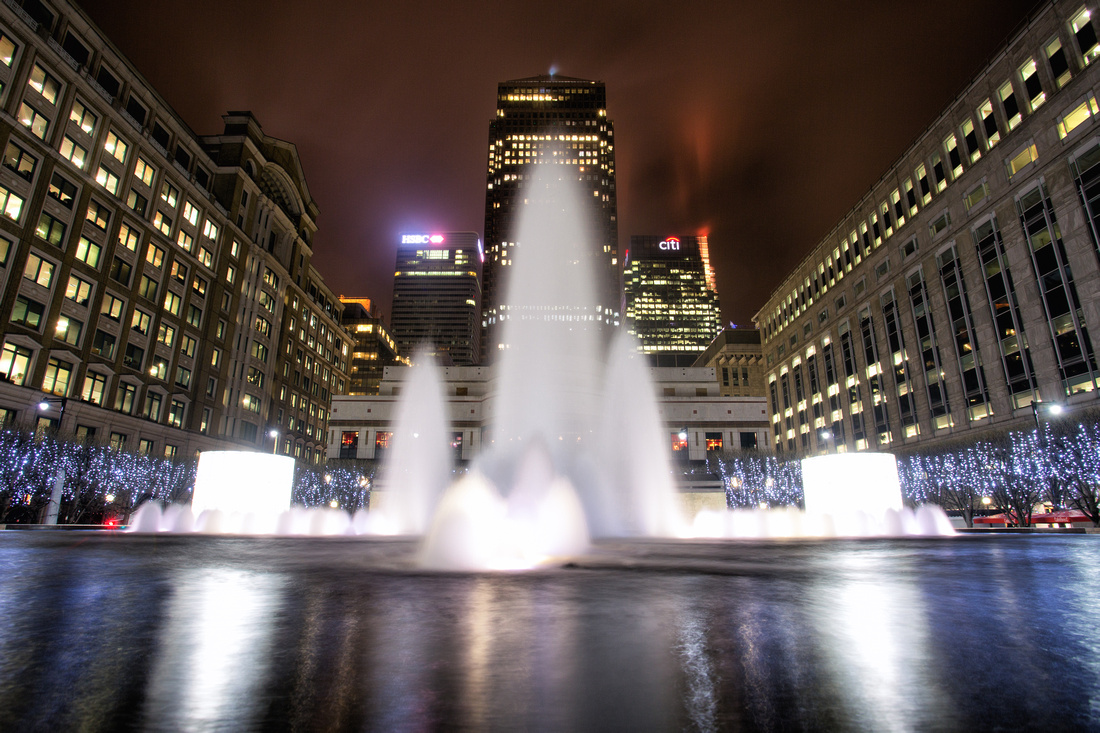
 Getting rid of the crowd
Getting rid of the crowd
No matter how much effort you put in or how long you wait some locations are never going to be empty and coming home with a shot of your chosen spot without people photo-bombing you will be neigh on impossible. The interesting thing about long exposure is that moving subjects blur with time and provided you're in a busy area with lots of movement then it is sometime possible to 'ghost them out' using a long enough shutter speed. The example below was taken in the British Museum and I had to use a very long shutter speed, approximately 3 minutes, in order to get rid of the people that were milling around. Full tripods are not allowed in the British Museum, you could rest your camera on the ledge and prop it up with a bag, coat or anything else that come to hand. I used a Gorilla Joby which I placed on the ledge to provide me with a stable base.
When taking long exposure photos in daylight you will also need to use a Neutral Density Filter these come in various grades depending on how many stops of light you want to restrict through the lens. They are basically sunglasses for you lens and allow you to achieve much longer shutter speeds during the day without over-exposing the image. For the photograph below I used a 10 stop filter by B+W, this is a good quality filter which does not have some of the colour casting that you can get with some cheaper ND filters.
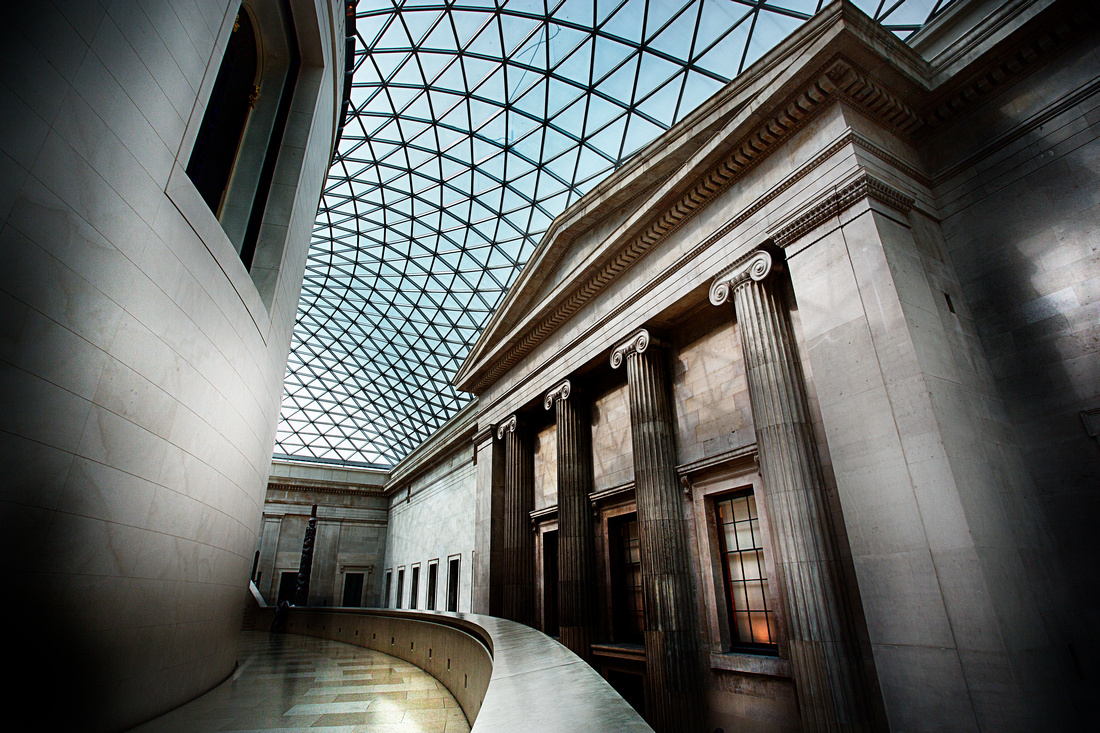

Night photography
Night photography is the perfect situation for long exposure. Without using long exposure the lighting conditions at night require you to use flash for near subjects, environmental lighting from street lights etc, a wide aperture or a high ISO. These methods are fine depending on the subject, however, the conditions really lend themselves to long exposure photography and you can achieve some very creative results. For this reason I love shooting at night and it was night photography in London that got me hooked on long exposure in the first place.
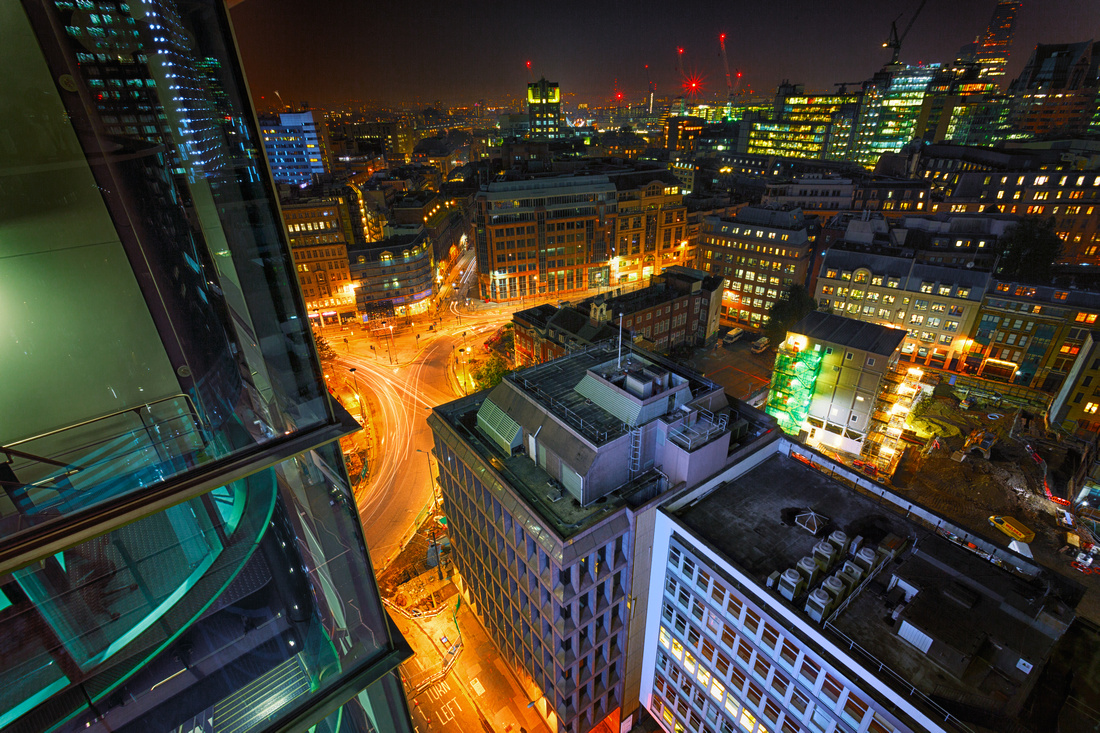

Another advantage of night photography is that in areas of lower light pollution you are able to see the stars and capture them using using longer longer exposure, however, you need to be careful if you want pin sharp images of the stars as due to the rotation of the earth the stars move and create a trail. Lenses with wider focal lengths are able to take longer exposures as a rule of thumb you should follow the 500 rule; where the maximum safe exposure time in seconds is equal to 500 divided by the focal length. For example if you use a 35mm lens you will be able to achieve a 14 second exposure before introducing any star trail to the image.
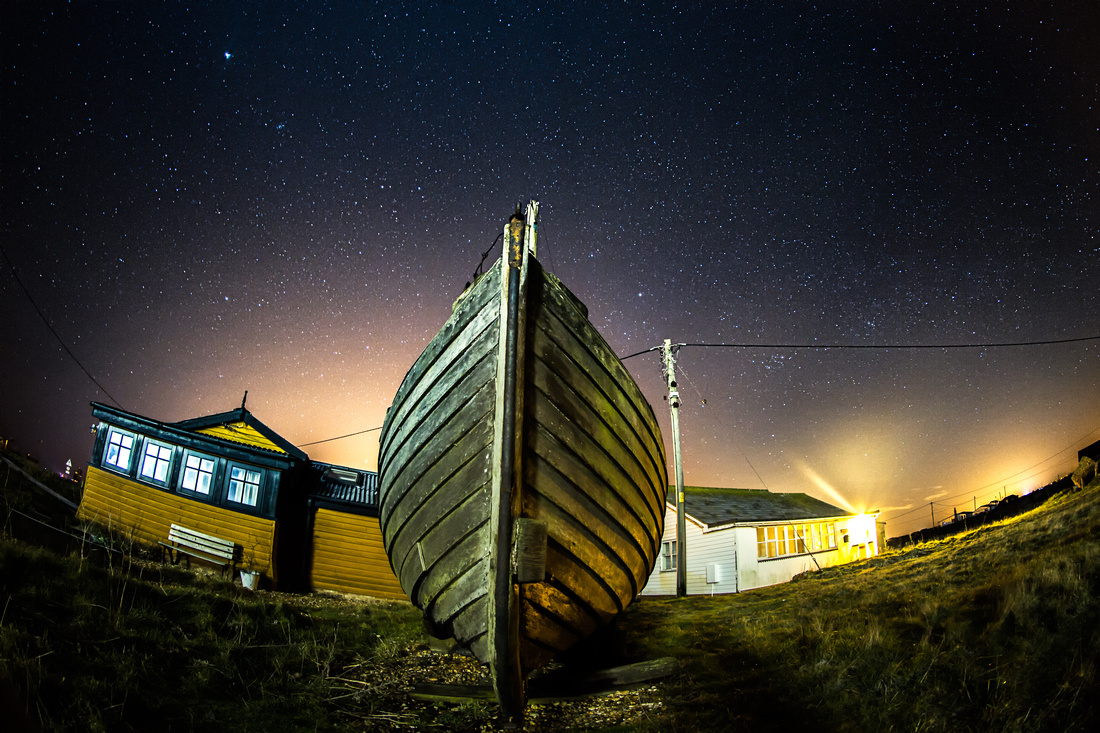

However, if the exposure is of an extreme length upwards of 30 minutes then the star trails can be purposefully employed as a creative choice. Personally I like to take these photos and will talk about how to create star trails in a future blog as this is a blog in itself.
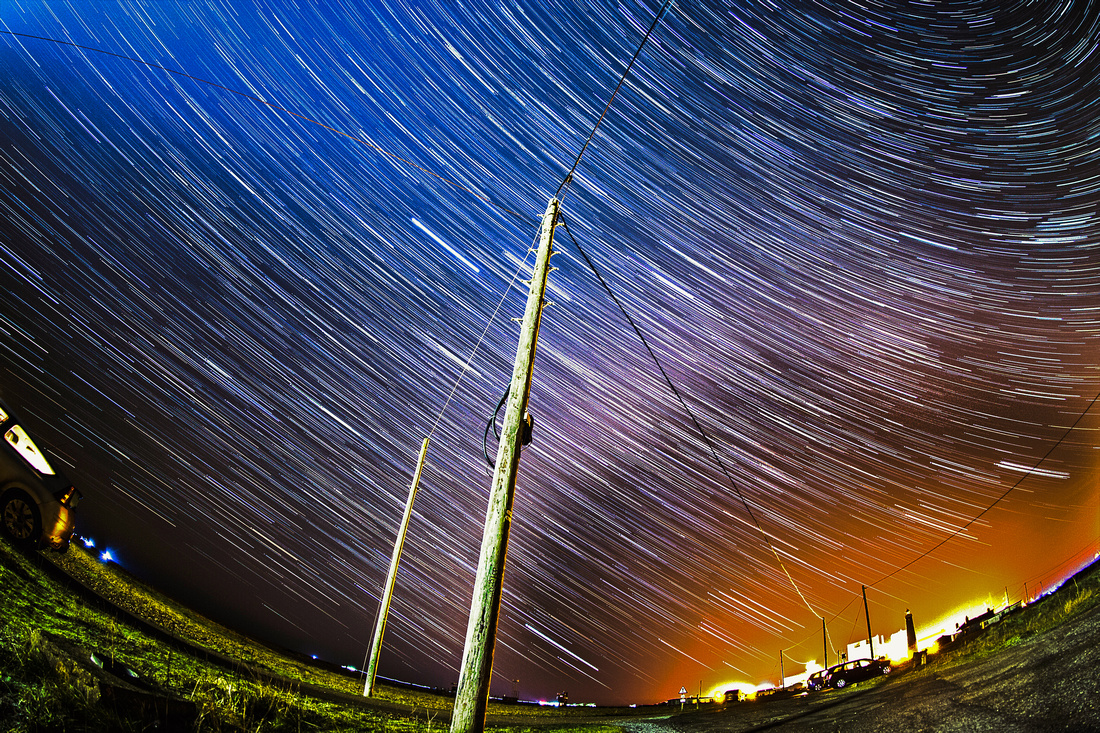

Movement
Part of using creative choices such as long exposure is to help to convey a story, showing drama and movement. Whilst I was in the British Museum I noticed a woman who was looking at a map and appeared to be lost. She was standing still whilst looking at the Museum layout so I decided to use a longer exposure to single her out and create a sense of movement whilst isolating her, this helps to identify her as the subject of the photo, otherwise she could have just been another person in the crowd.
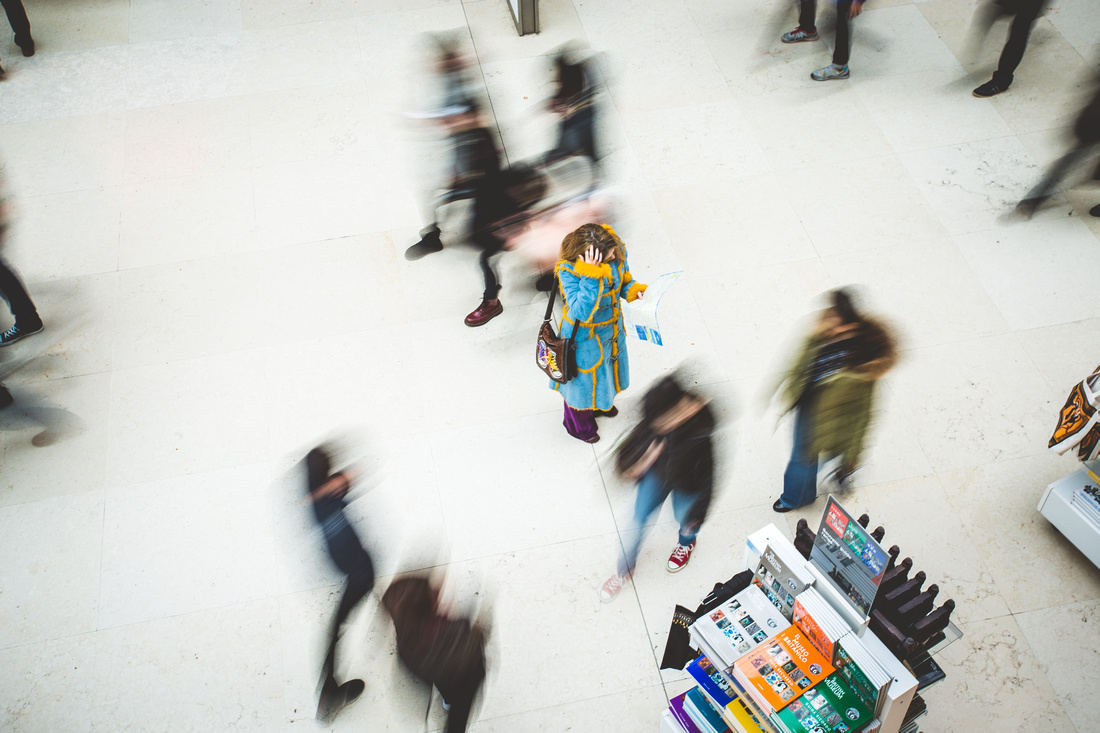

Distorting reality
The great thing with long exposure is it allows viewers to see the world differently through the vision of the photographer. Long exposure can create otherworldly and etherial images that can evoke different emotions and moods depending on the length of the exposure, the perspective, composition and the subjects contained within the images. Ultimately it is up to you as the photographer to use long exposure as a creative tool to help the image convey the story. There are no rights or wrongs and once you start experimenting with slower shutter speeds it can be a lot of fun.
